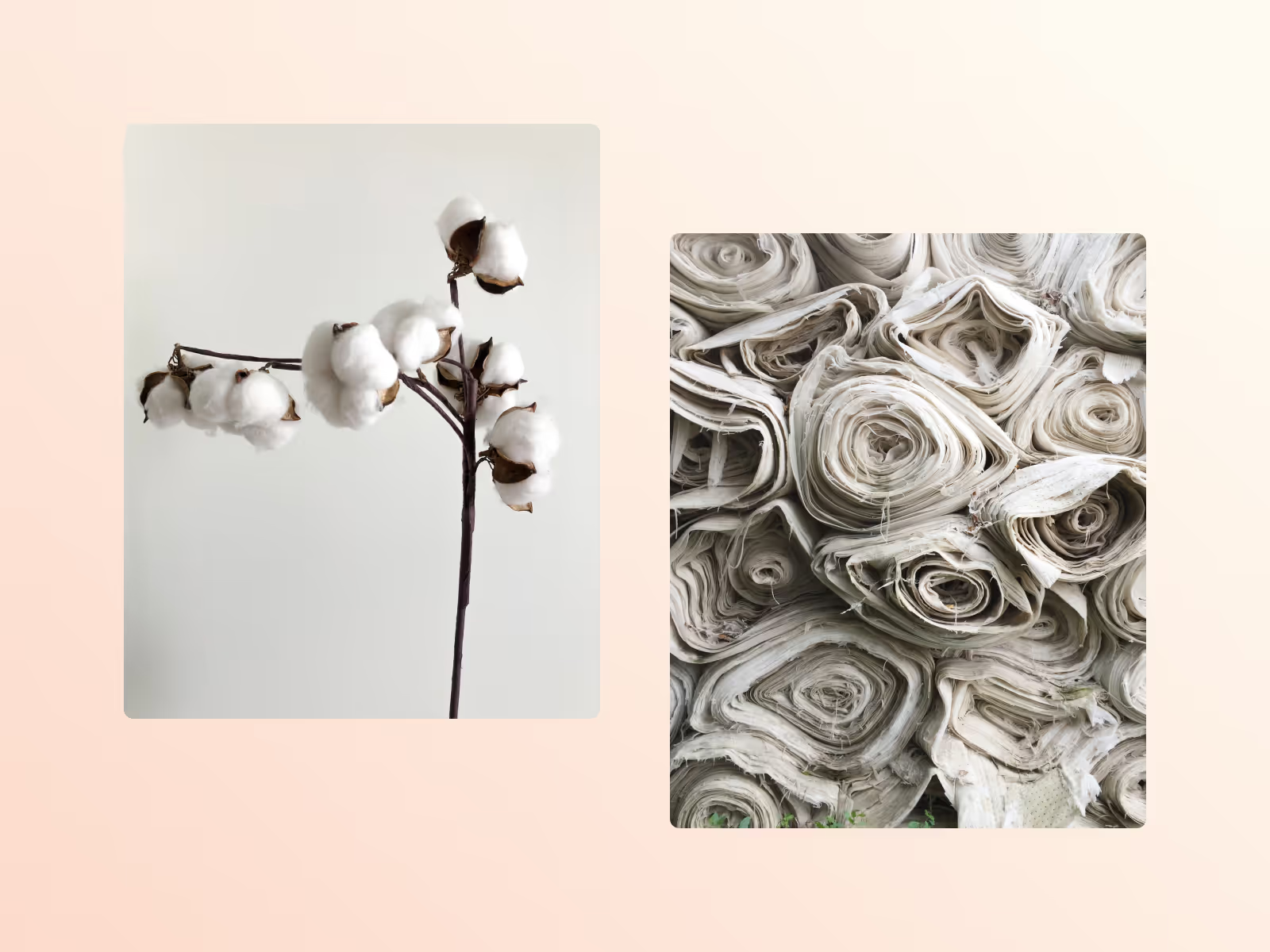What is slow fashion?
We recently covered fast fashion in detail — fast fashion refers to brands producing cheap clothing at harmful speeds so they can keep up with new trends.
Now we're getting onto the better half — slow fashion. Slow fashion put simply is the opposite of fast fashion. It encourages a more ethical and sustainable way of living and consuming.
Instead of irresponsibly fast production cycles — production is slowed right down. Focusing on the things that matter.
High-quality clothing that stands the test of time, fair treatment of garment workers, and as little environmental impact as possible.
What are characteristics of slow fashion?
- Classic and timeless styles that you won't get bored of — staying away from short lived trends
- Permanent collections year round, or no more than a few new styles or collections each year
- A focus on the quality of a garment, not quantity of garments
- Using sustainable materials that are recycled, organic, biodegradable or traceable
- Products made to order so there is no excess waste
- Locally sourced materials, production and distribution
How can you practice slow fashion?
Make the most of clothes you already own
The most sustainable clothes are the ones you already own. Maybe you could try out clothes you've not worn for a while. Or maybe some of your clothes need repairing and a bit of love.
Think about second hand or vintage clothing
When you think about buying clothes — first think about whether you could buy second hand or from a vintage shop.
Make thoughtful purchases
Take time to think your purchases through. Resist the urge to make impulse buys. Buy items that you think you’ll want to wear over and over again, and keep in your wardrobe forever.
Pay attention to the materials
Look for recycled, recyclable, biodegradable, organic, or traceable materials first. Be wary of products that use lots of synthetic fibres.
Do your research on the brand
Dig through what you can find about the brand.
Do they have a limited number of new collections each year? Do the clothes they make last a long time? Do they look after their garment workers?
Asking questions like these can help you get to the bottom of brands claims. Our recent article on greenwashing has more tips to avoid being greenwashed.
Thankfully, on Good Garms we do a lot of the research for you. We take a detailed look into the brand, production, materials, and environmental impact for each garment.







